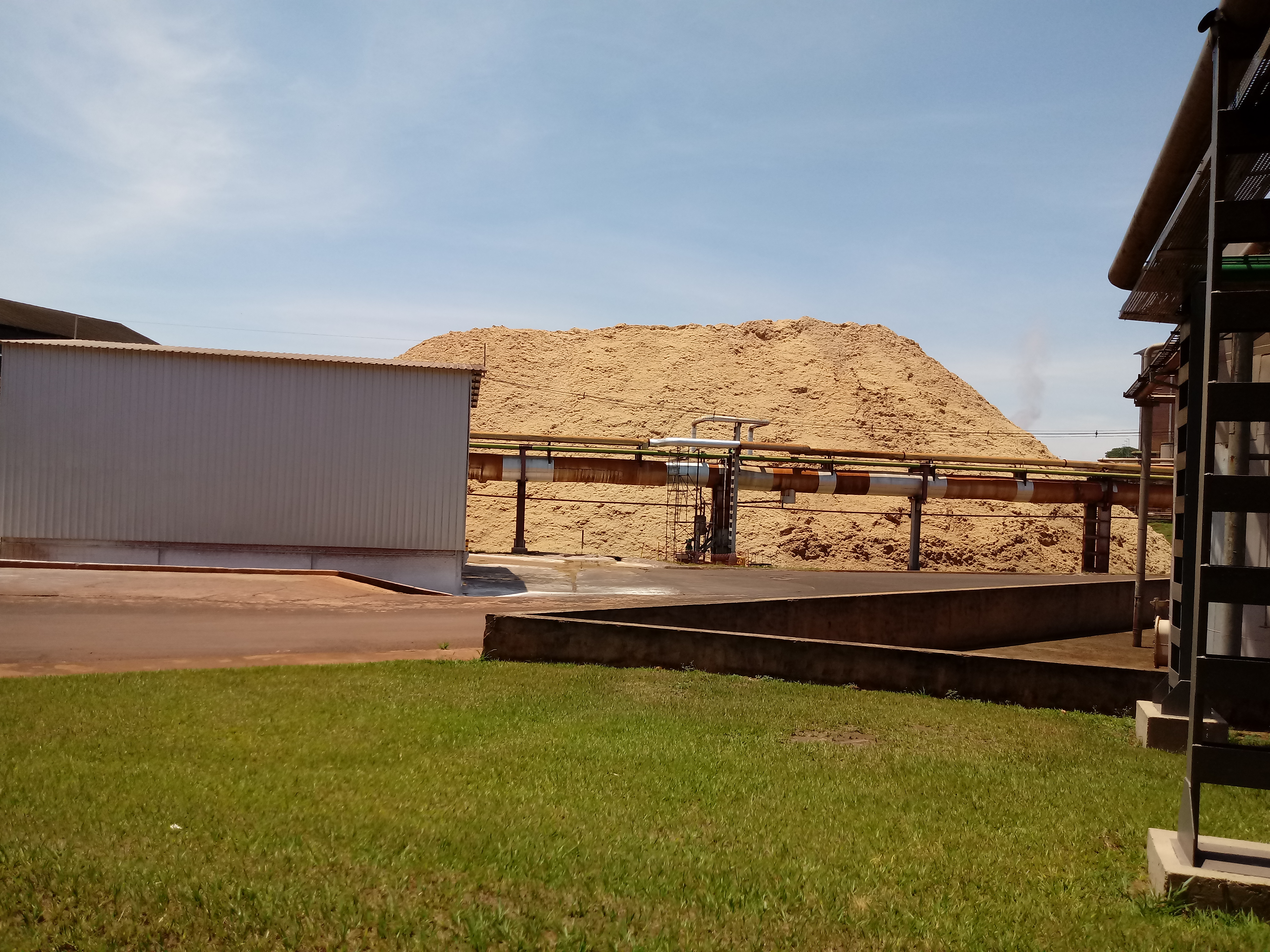Brazil coordinates international consortium for the development of bioproducts based on agricultural waste
Brazil coordinates international consortium for the development of bioproducts based on agricultural waste
The use of waste from the sugarcane, beetroot and eucalyptus production chains to obtain high added-value bioproducts is the focus of the international consortium GreenMol, approved in the call ERANET-LAC 3 2017/2018 promoted by the European Union and whose activities started this year. The Brazilian participation is coordinated by the Embrapa Agroenergy researcher Silvio Vaz Jr., and also counts on researchers from Embrapa Environment and from Embrapa Tropical Agroindustry. The research consortium is formed by four subprojects implemented in RD&I institutions in Brazil, Germany, Uruguay and Poland.
“Agroindustrial waste biomass can be used to explore bioproducts like levulinic acid from cellulose, fatty acid esters from xylose, and nano and microparticles to support and/or encapsulate lignin for controlled and/or slow release”, explains the researcher Silvio Jr.
“At Embrapa Agroenergy, we are finishing the chemical analyses of Kraft lignin and beginning the development of a medium for the controlled release of agrochemicals based on such lignin”, he adds. Lignin is an amorphous three-dimensional macromolecule found in terrestrial plants associated with cellulose in the cell walls, whose role is to give plant tissue rigidity, impermeability and resistance to microbiological and mechanical attacks.
According to the researcher, in this type of waste from the cellulose and paper industry there is a large market potential to be seized, with a strong sustainability bias. The other Embrapa centers involved are conducting the life cycle assessment and the study of the dynamics of agroindustrial waste components in the environment, with the aim of proving the sustainability of the products and processes to be developed.
The use of waste biomass is part of science's search for sustainable processes and renewable raw materials, which in turn are part of the logic of the so-called “bioeconomy”, a model of economics for the 21st century centered on the sustainable exploration of biological resources.
Besides Brazil, the consortium comprises high level institutions from Germany (Jülich Research Center), Uruguay (Universidade de La República) and Poland (Kraków University of Technology) and is funded by the European Union, Brazil's National Council of Scientific and Technological Development (CNPq), and German, Uruguayan and Polish S&T support agencies.
The idea is to fill the niche in the markets for sugarcane in Latin America, beet sugar in Europe, and paper and cellulose in both regions. “Sugarcane bagasse is an important ligno-cellulosic biomass for biorrefinaries in Latin America due to the large sugarcane production volume; beetroot bagasse is important due to the production of beet sugar in Europe; and eucalyptus' timber material is important for both regions due to the paper and cellulose industry”, the researcher explains.
The international consortium GreenMol aims to fill the scientific and technological gaps to develop new bioproducts for the market. By 2022, approximately 350,000 euros will be invested in the development of green molecule for the chemical and agricultural markets.
Irene Santana (Mtb 11.354/DF)
Embrapa Agroenergy
Press inquiries
agroenergia.imprensa@embrapa.br
Phone number: +55 61 3448-1581
Mariana Medeiros (Translation - English)
General Secretariat
Further information on the topic
Citizen Attention Service (SAC)
www.embrapa.br/contact-us/sac/

